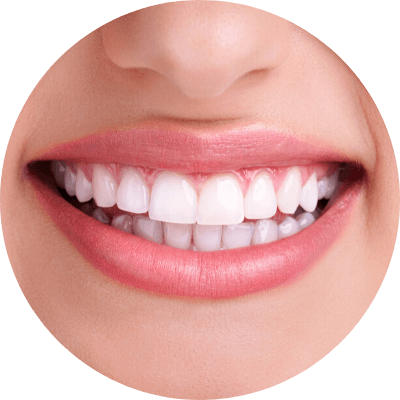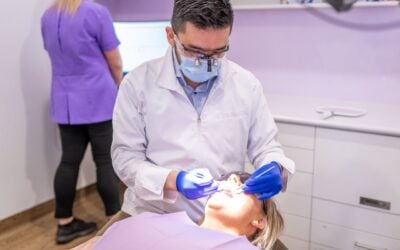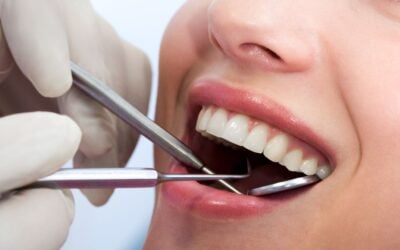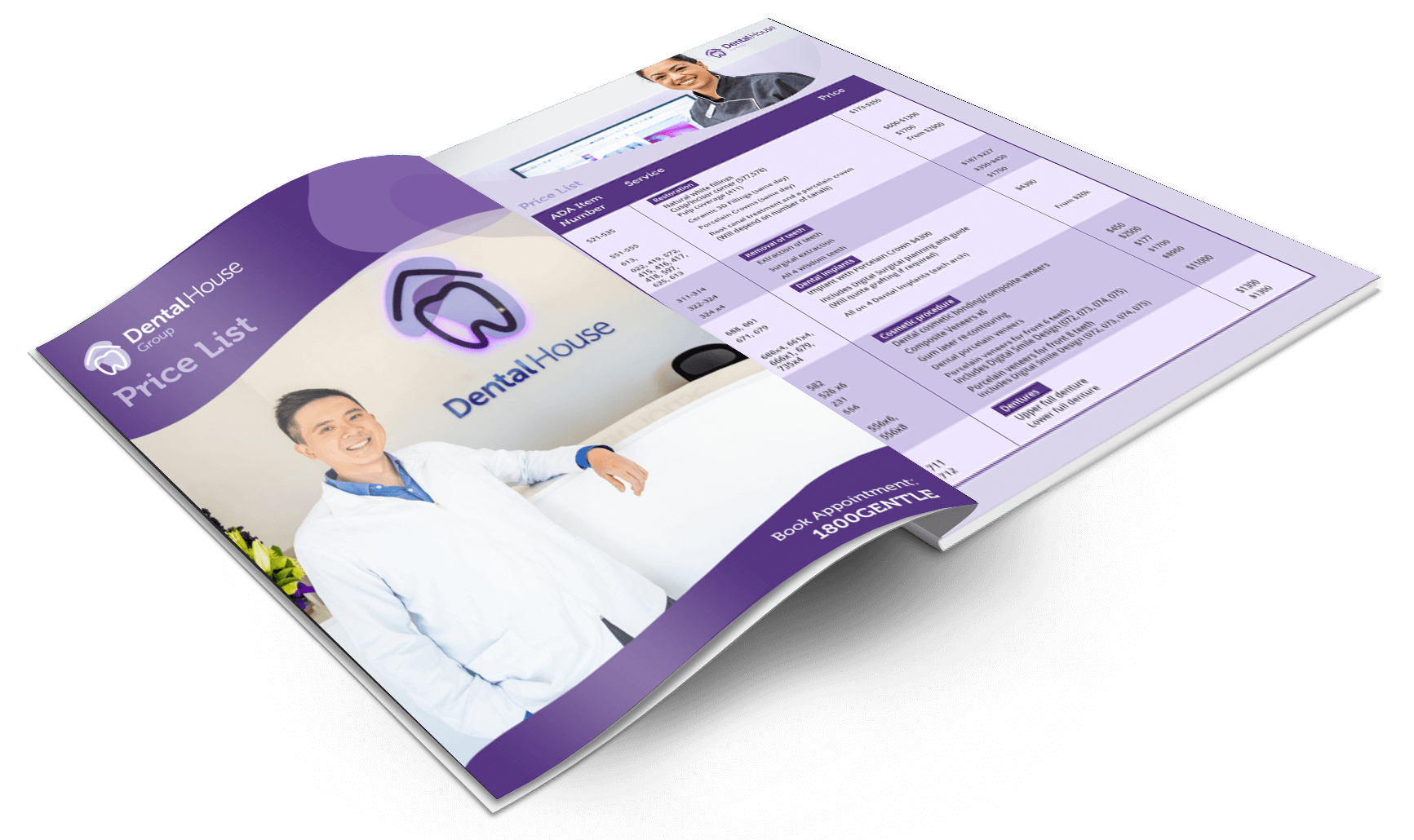Our Physical Sense of Self Is A Construct. Can That Impact Cosmetic Dentistry?
Our Physical Sense of Self Is A Construct. Can That Impact Cosmetic Dentistry?

A warning to readers this article contains content relevant to concerns about such things as an inner life. The fact that this can and does influence outer life issues like cosmetic appearances is no idle anomaly. Our physical sense of self is a construct. Can that impact cosmetic dentistry? Yes, indeed, folks – as above, so below or, in this case, so below, as above. Science is typically painted as pure truth in most arguments, with scientific evidence, generally, wielded like Excalibur in any battle with the forces of previously accepted realities. A dentist may hold aloft his or her demon drill but the proof will be in the cosmetic outcome as much as in the bite.
Feeling About Inside The Oral Cavity For A Sense Of Self
A question without notice to the reader. Who among you has run their tongue around their teeth and gums feeling the sensation of a much enlarged surface than is really there? Everything inside one’s mouth seems bigger, does it not? Ask yourself where this sensation is registering? Inside the mind, of course, but what and where exactly is that occurring? The search for consciousness has been akin to a scientific quest for the Holy Grail. This concept, this ‘I’, we call ourselves is so clear it feels as if it must be hardwired into us. Many of you may have heard the stories from amputees who have lost a limb and still intensely feel its presence despite its physical absence. This is further anecdotal evidence of our construct of our sense of physical self. What do the neuroscientists have to say on the matter?
“In searching for the “I” in the brain, researchers reasoned that the default mode network would be a logical starting point. Of particular interest was a segment of the network known as the posteromedial cortex (PMC), located near the back of the head in the region where the two hemispheres meet. Neuroimaging studies had shown that the PMC was active while people were recalling memories or engaging in the type of mind-wandering that tends to spur self-related thoughts. So scientists wanted to see whether disrupting brain activity in this region could somehow change a study participant’s physical sense of self. But when Parvizi and others disrupted brain activity in the PMC by injecting electric currents into the brains of individuals with epilepsy, they failed to alter the physical “I” feeling.”
– Scientific American
Constructing Self From Cosmetic Conceptions
As human beings we are without doubt far more sensual beings than anything else.
We live for sensations and seek them out in love and adventure. We have emotional responses to these sensations and events within our lives, but we are not our feelings. Emotions may enrich our lives but the price of these are two edged like a sword. The great Stoic philosopher Marcus Aurelius wrote in his seminal Meditations:
“Reject your sense of injury and the injury itself disappears.”
The human mind is by far the most powerful tool we possess and is capable of rising above misfortune and calamity. Love hurts when it is lost, as many of us have experienced in our lives, but in time we most often recover ourselves.
Brain Searches & Finding ‘I’
Scientists failed to find that elusive sense of self in the PMC region of the human brain but they did not give up on their quest. Neurologist Josef Parvizi from Stanford University, following in the footsteps of another Marcus, Marcus Raichle who named the default-mode-network in 2001, continued the search for the ‘I’ in the brain. Narrowing down the target within the PMC to an area known as the anterior precuneus he struck gold. This specific region of the brain controlled that sense of physical self, for without it test patients reported overwhelming feelings of disassociation and loss of physical coordination. Subjective experiences of self were deeply affected by electrical stimulation of the anterior precuneus.
“The study may help explain elements of out-of-body experiences that people report while on drugs such as psychedelics or through non-pharmacological means, such as lying in a sensory deprivation tank, where individuals float in a dark, water-filled container and are cut off from their senses. Khalsa notes that he and his colleagues have found changes in the precuneus—the brain area linked to the sense of bodily self in Parvizi’s study—and other related regions in people who have undergone floatation therapy. He adds that this research also provides a potential brain area to target therapeutically in people with conditions in which dissociation is a common symptom, such as functional neurological disorders, where problems in the functioning of the nervous system can lead to a wide range of symptoms, and trauma-related disorders.”
– How the Brain Creates Your Physical Sense of Self, Diana Kwon, Scientific American, Jul 12, 2023

Cosmetic Dentistry & The Constructed Sense of Self
Having found the philosopher’s stone within the human brain, and that our physical sense of self is a construct. Can that impact cosmetic dentistry? I can attest, personally, to this fact, as I have very recently had two teeth removed. Much of my upper right row of teeth have been amputated – pulled out by the roots. However, once the incredible pain and devastating sense of loss had diminished and my eating functioning remains fairly good, my sense of self has returned to its former state. It is only when my tongue occasions to come into contact with the gaps that I am made aware of my inadequacy. If, however, my dental omissions were more visible and involving front teeth I think it would be a different story. Perhaps, also, if I was younger and not on the back nine now I might well be more motivated to take remedial cosmetic action to replace these teeth with artificial alternatives. Indeed, I still may do so in time.
“Functional neuroimaging studies have started unravelling unexpected functional attributes for the posteromedial portion of the parietal lobe, the precuneus. This cortical area has traditionally received little attention, mainly because of its hidden location and the virtual absence of focal lesion studies. However, recent functional imaging findings in healthy subjects suggest a central role for the precuneus in a wide spectrum of highly integrated tasks, including visuo-spatial imagery, episodic memory retrieval and self-processing operations, namely first-person perspective taking and an experience of agency.”
– https://academic.oup.com/brain/article/129/3/564/390904
“Thus, the precuneus, as the part of the mentalizing system, serves as a gateway for translating the subjective interpretation of reputation into state self-esteem. For more than a century, the self has been a central concept in psychological theories. The self is defined as the mental capacity for taking oneself as the object of its own attention. This capacity enables reflected appraisal of self-image, i.e., a person’s conceptualization of themselves, which is an essential component of self-esteem. Because the reflected appraisals require information related to others’ responses obtained through social interaction, self-esteem is a product of the social environment.”
– NCBI
The huge uptake in things like cosmetic dentistry is predicated on the human desire to belong and not to be seen as less than, in my view. Our self-esteem is adversely affected by presumed failings in this regard. Young people, in particular, are sensitive to perceived slights about their appearance. Wishing to have perfect white teeth, in contrast to crooked, yellowish teeth, is an understandable motivation in this instance. Of course, the purview of cosmetic dentistry is much greater than teeth straightening via braces and teeth whitening via bleach. There are dental procedures which provide enormous functional relief in addition to the cosmetic benefits of a more pleasing appearance. The constructed sense of self is best served by the advancements in technology available in cosmetic dentistry in the twenty first century, according to my reading of the evidence. Marcus Aurelius might have been more inclined to tell us all to grin and bear it, but even he would have enjoyed the sight of brighter smiles in his company, I imagine.
Note: All content and media on the Bacchus Marsh Dental House website and social media channels are created and published online for informational purposes only. It is not intended to be a substitute for professional medical advice and should not be relied on as health or personal advice.
Services we mentioned:
Related Articles
Red Wine Teeth Stains: Ageing (Dis)Gracefully
Red red wine You make me feel so fine You keep me rocking all of the time Red red wine … Most likely it’s the 1983 UB40 cover of songwriter Neil Diamond’s ‘Red Red Wine’ that comes to mind, reading those lyrics. It was their first number one UK hit that year; its 1988...
Artificial Intelligence (AI) And Clinicians: Is ChatGPT in Competition?
Love it or hate it, Artificial Intelligence is here to stay. The terms ‘artificial’ and ‘intelligence’ are not conflicting…
A Better Way To Oral Health And It’s Not With A Brush Or Flossy Bits Of Floss
An unhealthy mouth is the window to systemic disease. It is the entry port for various contagions and contaminants…
Dental Tourism: Tijuana Cheaper Dental Procedure? Dubai Veneers For Less?
By guest writer Suzanne Wyhldher It’s a tough decision when the dental work we need is beyond our budget - generally because for some reason the mouth in most countries is treated as separate from the rest of the body. For many people, their mouth is what gets them/us...
















